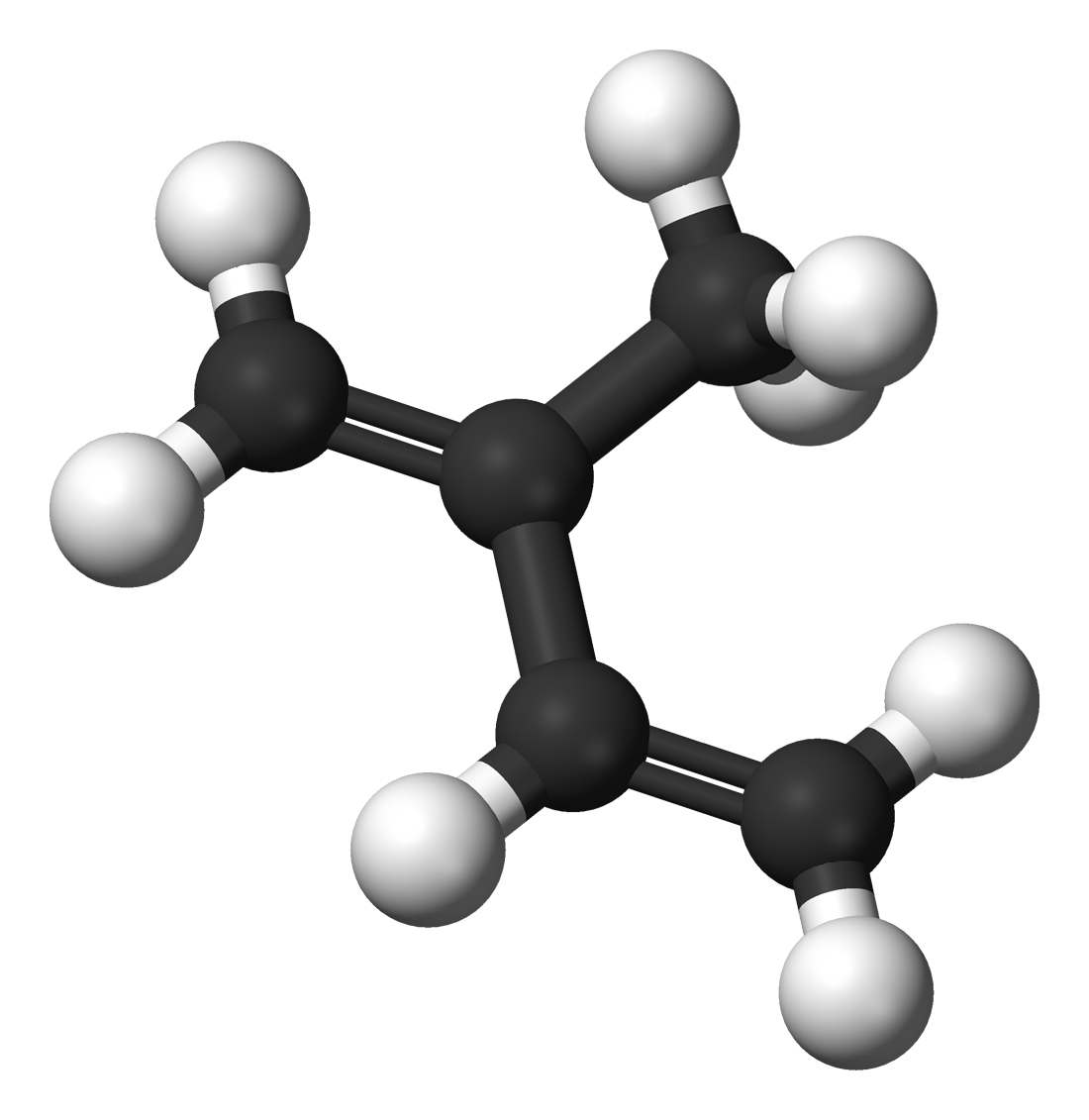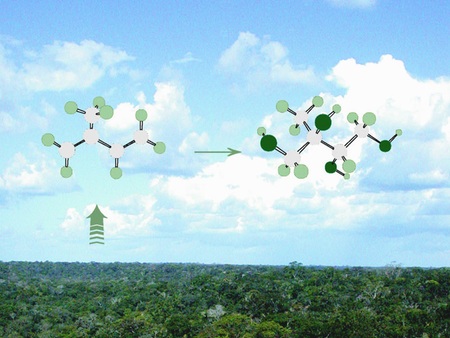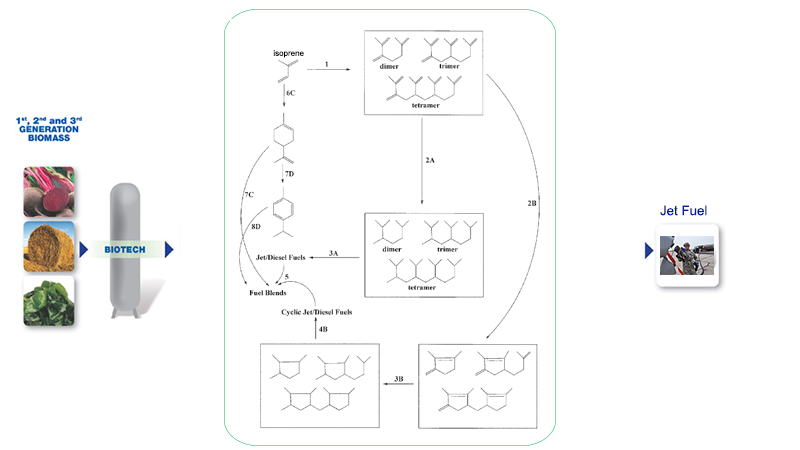US Department of Defense is the Worst Polluter on the Planet, according to some studies.
While official accounts put US military usage at 320,000 barrels of oil a day, that does not include fuel consumed by contractors, in leased or private facilities, or in the production of weapons. The US military is a major contributor of carbon dioxide, a greenhouse gas that most scientists believe is to blame for climate change. Steve Kretzmann, director of Oil Change International, reports, “The Iraq war was responsible for at least 141 million metric tons of carbon dioxide equivalent (MMTCO2e) from March 2003 through December 2007. . . . That war emits more than 60 percent that of all countries. . . ”
However, Navy/DoD seem to be taking steps to reduce their carbon footprint. Specifically, the patent indicates that Navy/DoD are taking steps to reduce their dependence on petroleum-based fuels. Instead they plan to use high density fuels derived from isoprene, which will lead to reduced net carbon emissions.

Isoprene is generated by a variety of plants and global emissions of this hydrocarbon are estimated at more than 650 million tons per year.

Isoprene can also be produced via biosynthetic routes using biomass sugars including lignocellulosic feedstocks. This allows for the production of isoprene and isoprene-derived fuels from abundant waste materials with the potential to significantly reduce DoD carbon emissions.
The patent describes a method for conversion of isoprene to full performance jet and diesel fuels. Isoprene is selectively oligomerized to generate a distribution of branched chain hydrocarbons. Combination of an oligomerization catalyst with a metathesis catalyst allows for the synthesis of high density cyclic fuels with performance advantages (increased density and volumetric net heat of combustion) over conventional petroleum-based fuels. Complementary to this process, isoprene also undergos a Diels-Alder cycloaddition reaction to generate dipentene.

Blending of linear isoprene oligomers, cyclic oligomers, and dehydrogenated oligomers including p-cymene allows for exquisite control of fuel properties and allows for the formulation of full-performance renewable jet and diesel fuels.
Source: Project Censored
Publication number: US 9,371,258
Patent Title: High density fuels from isoprene
Publication date: Jun 21, 2016
Filing date: Jun 25, 2014
Inventors: Benjamin G. Harvey;
Original Assignee: The United States of America as Represented by the Secretary of the Navy

